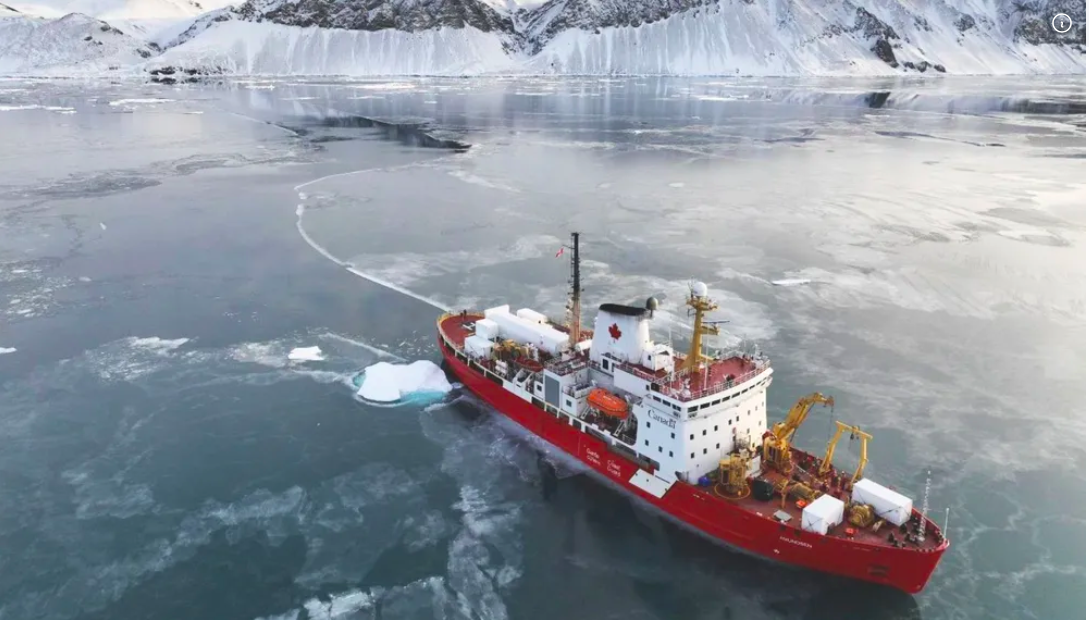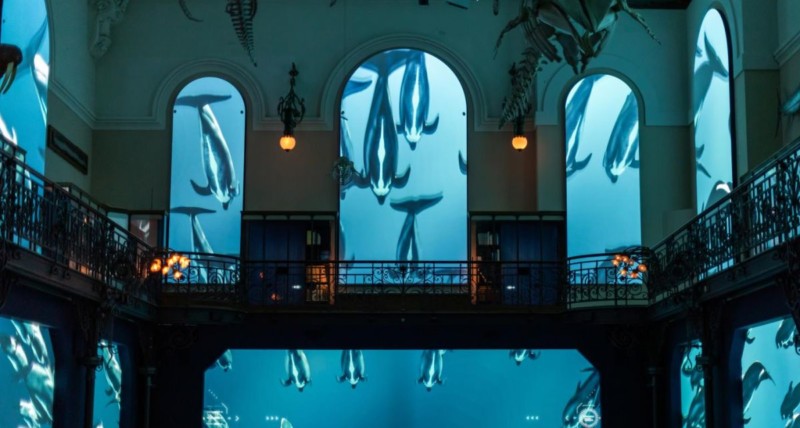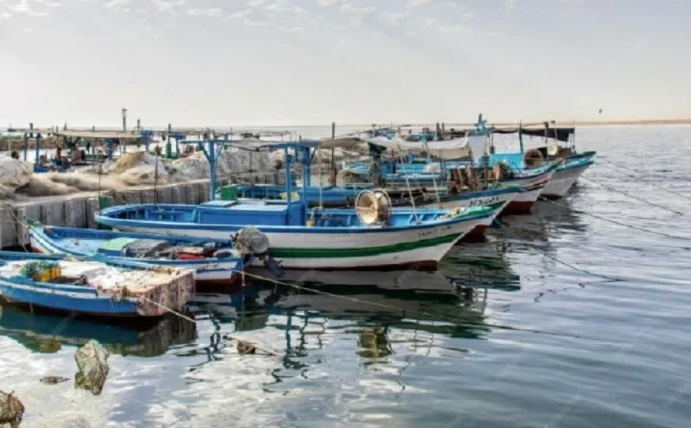Fifty-five Université Laval scientists to work on board the research vessel during Expedition 2024
Today, the research icebreaker CCGS Amundsen sets sail from St. John’s, Newfoundland and Labrador, on a 112-day voyage to northern Ellesmere Island in the Canadian Arctic Ocean.
Over the next few months, some 150 scientists, including 55 from Université Laval, will be on board to carry out multidisciplinary research on Arctic marine ecosystems, climate change and its repercussions for northern communities. Researchers from Canada, France, Norway, Denmark, Sweden and the United States will take part in Expedition 2024.
The Amundsen left Quebec City on June 14 so that the Canadian Coast Guard could carry out certain tasks in the Labrador Sea, but the icebreaker’s 2024 scientific mission begins in earnest on July 11. It will continue until October 30, when the ship will return to its home port of Quebec City.
The Amundsen adventure began over a quarter-century ago, when the late Louis Fortier, a professor in Université Laval’s Biology Department, rallied researchers from 12 universities and 5 government agencies around a common project: to convert a ship decommissioned in 2000, the Sir John Franklin, into an Arctic research vessel.
In 2002, the group obtained $30.7 million in funding from the Canada Foundation for Innovation and other partners to upgrade and convert the vessel. In 2003, on its first Arctic mission, the ship was renamed after Norwegian polar explorer Roald Amundsen.
The annual Amundsen expedition is coordinated by Amundsen Science, an organization based at Université Laval. Amundsen Science manages the ship’s fleet of scientific equipment, coordinates the deployment of the ship for science, and provides logistical, financial and technical support for the expeditions. The Amundsen’s missions are carried out thanks to the invaluable collaboration of the Canadian Coast Guard.
Source: Université Laval




